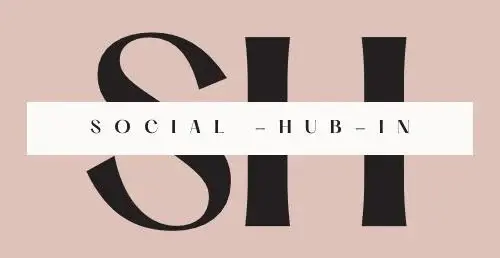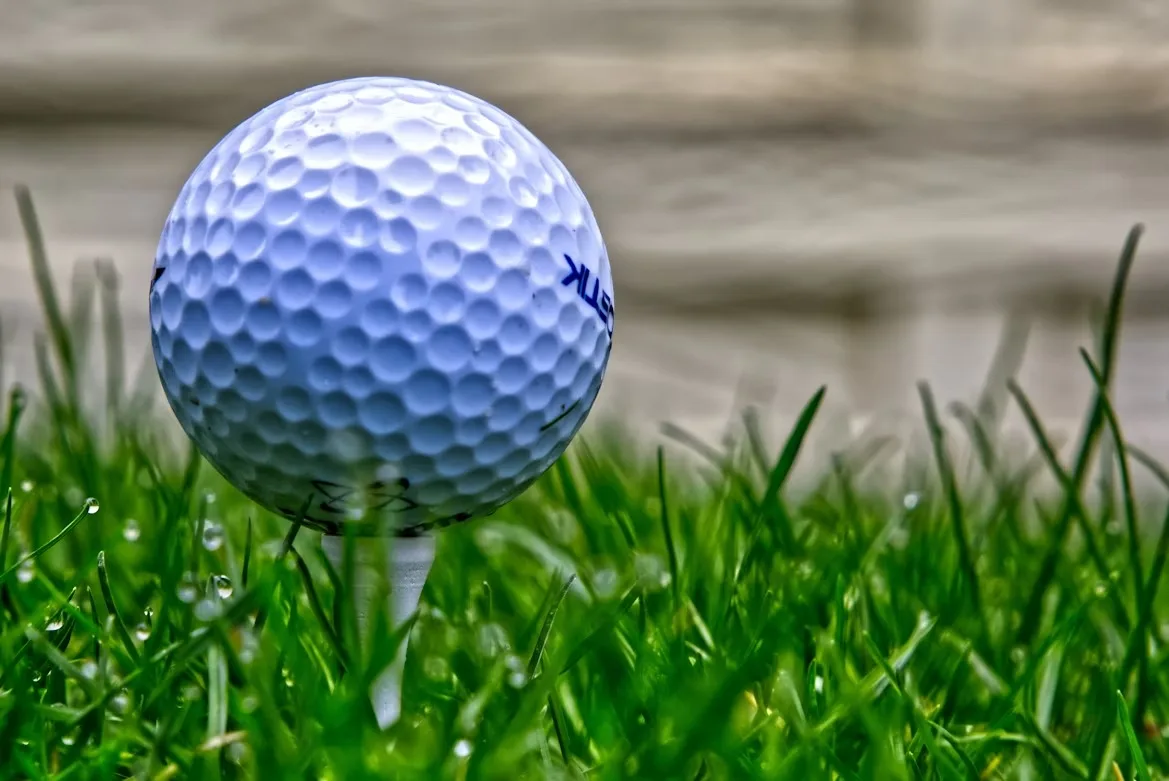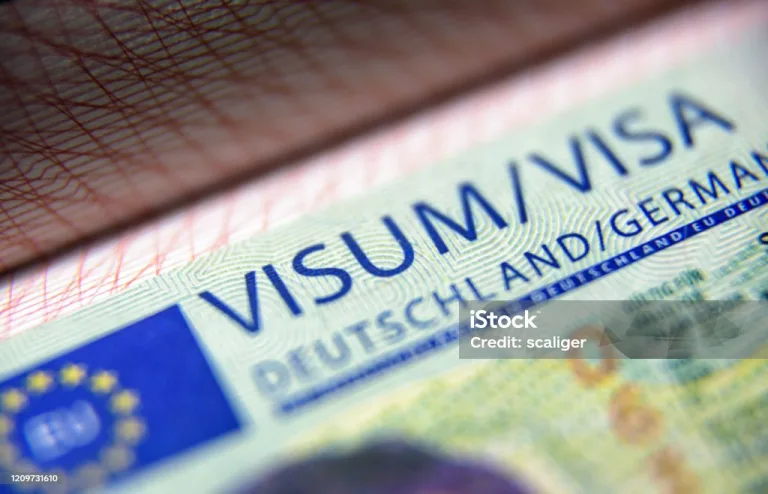Forgetting where your golf ball is in flight can turn a fine shot into a difficult search. For decades, white golf balls were the most prevalent on the links, but modern golfers realize that the hue of the ball does influence the degree of visibility and follow-through. Choosing the correct color for the golf ball is not simply a matter of appearance – it’s also an issue of maintaining concentration from tee to green.
Unless you know what you can best see, you can’t use these colors to locate missing balls, play more quickly, and improve your game. The solution varies with various locations and how well you are able to see.
What Affects Golf Ball Visibility?
There are several environmental conditions that influence the success with which you see your ball when it’s in flight and locate it after it hits the ground. Light plays a role because days when it’s overcast make the ball less visible compared to clear days. Golfing in the afternoon or early morning presents certain conditions where it’s difficult to see certain hues against the horizon.
It will be difficult when it is foggy, rainy, or cloudy because colors blend with the background. Wind alters the way the ball moves, and it will also render it difficult to determine how fast you should keep up and observe the ball.
It’s often difficult to locate the ball due to course conditions. Varying grass, seasonal color-changing grass, and uneven height in the rough make it difficult to locate your ball when it goes into it.
Comparing Golf Ball Colors
It’s always easy to spot white golf balls against green grass under bright blue skies. It’s difficult, however, when it’s bright, cloudy, or light gray because you cannot make out white balls against white clouds or when it appears white or light gray everywhere.
Yellow golf balls are effective under conditions where white ones aren’t sufficient. The yellow color stands out against blue skies, even when clouds are present. The yellow color complements fall brown leaves well, as well as winter brown grass, making them excellent golf ball choices when playing in fall and spring.
You can also see orange golf balls against blue skies and green grass. The orange balls are useful when it’s difficult for golfers to track the ball. The orange balls are clear to see under normal conditions, but sometimes difficult under fall foliage.
You can spot pink golf balls easier, particularly against green. They really show up well in various lights and amidst flora. Yet, others believe the ball is less visible when the sky is certain hues.
Red golf balls stand out well against green grass, but are difficult to find when placed against black surfaces or at night. In the sunlight, it’s easy to see them, but it’s difficult when it’s nighttime.
Personal Vision Considerations
Your color characteristics help you determine what color golf ball suits you best. Small color vision differences result in other people having an easier or harder time perceiving certain colors compared to you. Aging, with its associated alterations in your sense of vision, can also modify your ability to perceive color and contrast.
Some golfers find that their preferred ball color changes with different prescription glasses or contact lenses. Others discover that certain colors reduce eye strain during long rounds, contributing to better focus and performance.
Experiment with color combinations during practice rounds to discover what best suits your eyesight and typical course conditions.
Selecting the Proper Partner
The best color of golf ball that people see may be individualized and variable with playing conditions. The most common choice, yellow, works well because it stands out when playing stunning courses like the Links/Quarry Golf Club in Michigan. Yellow golf balls are easy to see under normal, clear conditions, whether it’s bright sunshine or overcast.
Orange balls are bright, hence always easy to locate. It’s also easy to see white balls, provided the light remains constant.
Experiment with colors while you practice your skills to determine what ones make it easiest to see the ball and locate it quickest. The correct color will make your game better because you can practice your shot without having to search for your ball.







